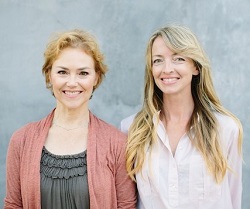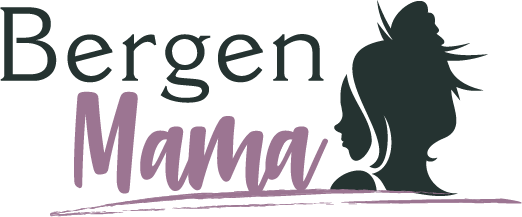 Calling all sleep-deprived parents: Yes, you, with the custom go-to-sleep playlist, mini fridge/bottle warmer midnight station, and vibrating baby swing in every corner. Your baby already knows how to sleep! Kids don’t need to be trained to sleep; they’re built to sleep.
Calling all sleep-deprived parents: Yes, you, with the custom go-to-sleep playlist, mini fridge/bottle warmer midnight station, and vibrating baby swing in every corner. Your baby already knows how to sleep! Kids don’t need to be trained to sleep; they’re built to sleep.
Sleep whisperers Heather Turgeon and Julie Wright, psychotherapists and authors of the new book The Happy Sleeper: The Science Backed Guide to Helping Your Baby Get a Good Night’s Sleep—Newborn to School Age (Penguin Random House) are here to give us their best tips.
1. Favor bedtime above all else. We tend to focus on babies sleeping through the night, but in fact, the environment, timing, and sleep associations at bedtime are the foundation of good sleep, and this is the place to start when you’re working on improving sleep. In sleep consultations, our first questions are always related to how and when a child goes to bed. For a baby, a cool, dark, peaceful space with a good routine that ends with her going into her crib awake, finding her lovey and rolling in her favorite sleeping position—this is the biggest step towards healthy sleep throughout the night.
2. Respect the internal clock. Timing is everything. If your baby takes naps and goes to sleep at the same time every night, her body’s chemicals will start to prepare her and make her drowsy leading up to those times. 7:00 p.m. is a great bedtime for a baby, or for an older child who has stopped napping (otherwise, 7:30-8pm can work well).
3. Check the sleeping environment. We all sleep best when it’s dark and cool (65-68 degrees). Open windows during the day to let in fresh air, de-clutter the room, and organize it in a way that feels peaceful.
4. Know helpful versus unhelpful sleep associations. We all have objects, cues, or behaviors that our brains eventually link to the act of falling asleep. For you, maybe it’s reading a book before bed, your favorite pillow or sleeping position. Helpful sleep associations for babies are those things they have control over—the ones they can do for themselves and re-create any time they wake in the night. Loveys, rolling to a comfy body position, rocking back and forth, thumb in mouth—these are helpful associations that will allow your baby the best chance of sleeping well.





